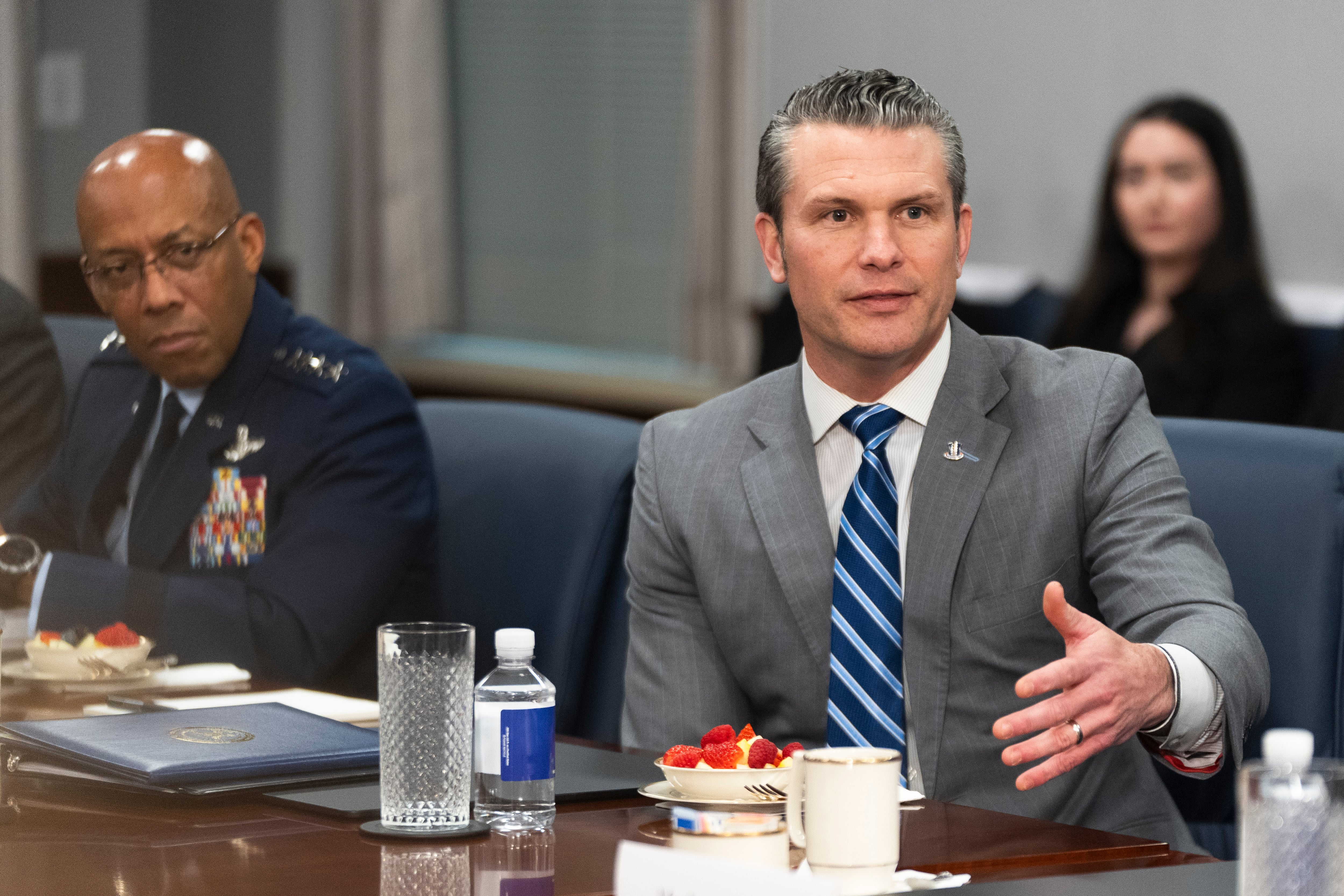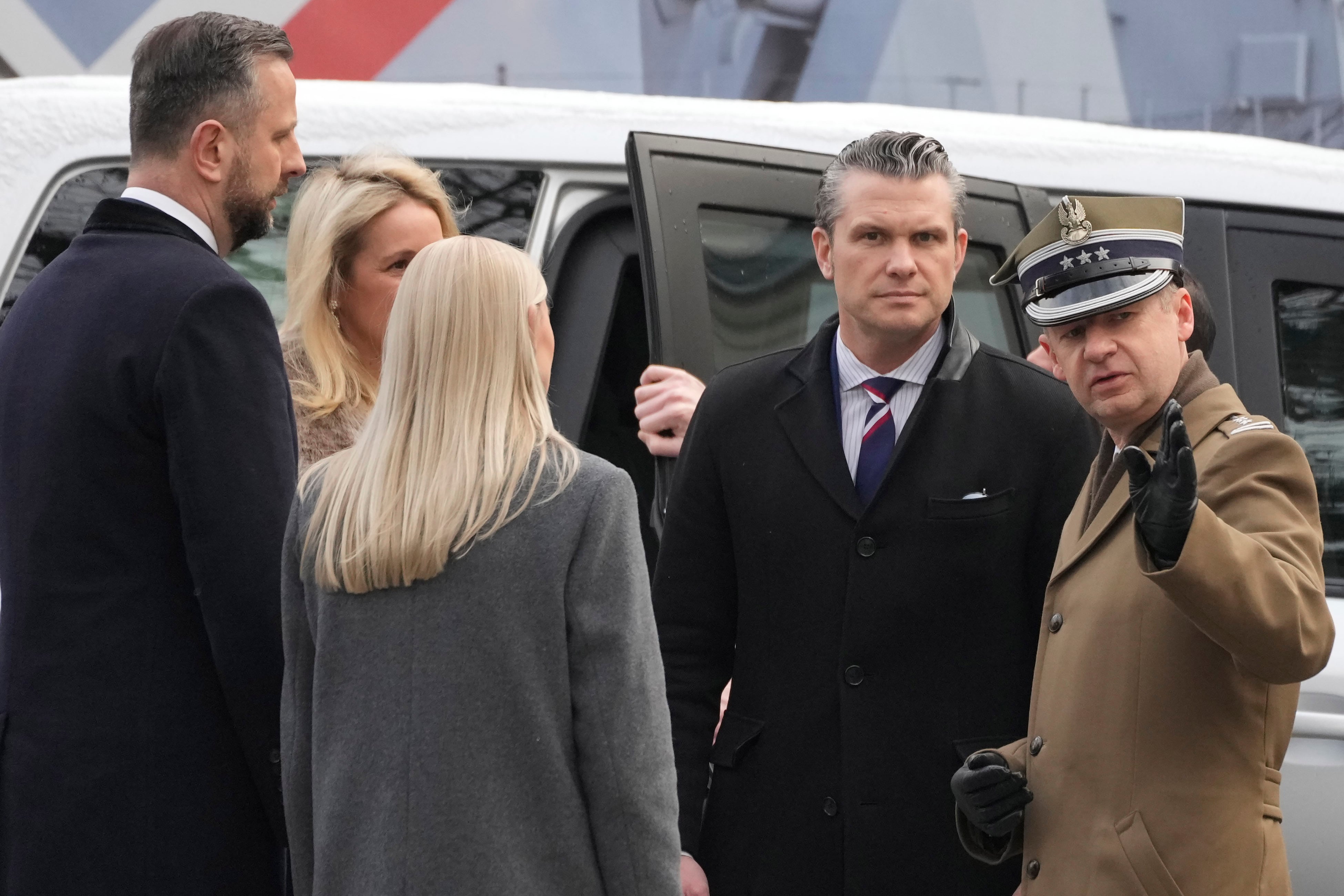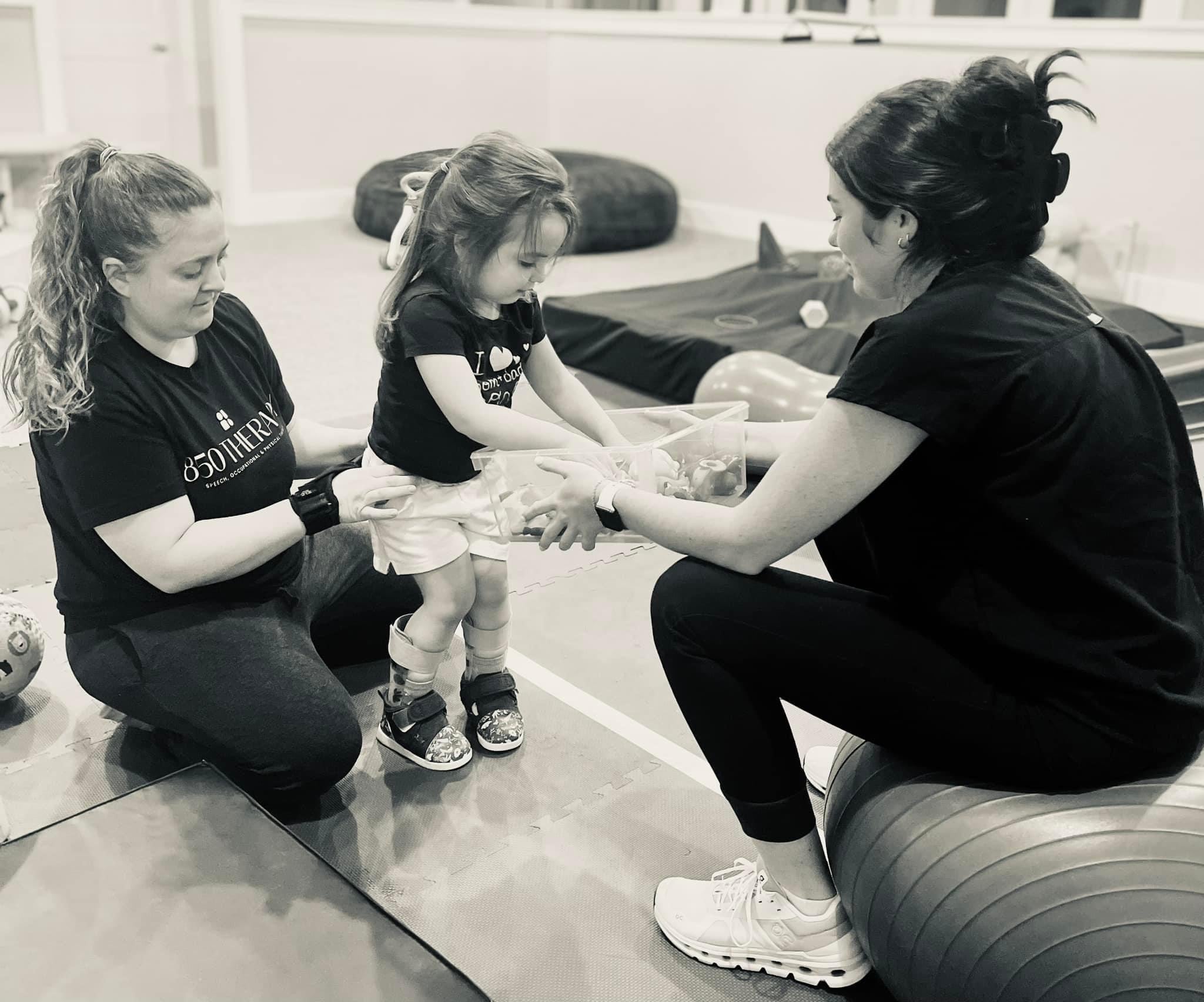MARINE CORPS BASE QUANTICO, Va. – The most dramatic recommendations from the fiscal 2015 Marksmanship Symposium at Marine Corps Base Quantico, Virginia, in October call for studying the overhaul of the Corps' service rifles.
But those comprise only a small fraction of the overall approved and proposed changes that affect everything from ammunition to ranges and basic tables of fire used for annual rifle qualifications.
Some changes already have been approved, including revisions to the tables of fire for rifle training and qualification and the launch of three-gun style competitions for Marines throughout the fleet. Others, like significant upgrades to the M16A4's trigger and barrel and potential adoption of new hollow-point ammunition, are in the research and development phase, according to Marine administrative message 049/15, signed Feb 3.
But the staff at Quantico's Weapons Training Battalion says all the changes have a common thread: They are designed to outfit Marines with the training, doctrine and equipment to meet challenges in any operating environment around the globe.
Details announced in the MARADMIN will affect all Marines, from 0311 riflemen to 0111 administrative specialists. What it all boils down to is making Marines more efficient and deadly under the "every Marine a rifleman" philosophy that sets the Corps apart from its sister services.
A look at the most notable non-weapons developments:
New training
Service leaders have been marching steadily away from traditional marksmanship instruction developed against the backdrop of World War I, before maneuver warfare became the norm. They're working to emphasize modern marksmanship in fast-paced combat where civilians mingle with warfighters and Marines often must engage multiple moving targets in tight, urban settings.
To that end, select units are now testing a revised version of Table 2 that teaches basic combat marksmanship and includes shoot/no-shoot scenarios, photo-realistic targets, shot placement, and firing from long to short ranges as if closing with the enemy. It tests a Marine's ability to neutralize multiple exposed threats.
Unlike traditional range commands, Marines will be issued commands as if they were operating as part of a fire team or squad. They'll get a lane or sector of fire to cover and must engage targets as they become exposed, said Chief Warrant Officer 5 Vince Pope, the Marine gunner who directs the Marksmanship Doctrine and Programs Management Section at Quantico.
The conceptual Table 2 is designed to incorporate more relevant combat skills into a "combat-centric" course of fire earlier in a Marine's training.
The new course of fire is being tested at 14 Marine Training Units, with one at each installation. Instructors are using it during the Combat Marksmanship Coach Course, which trains Marines to return to their parent commands and help improve the marksmanship of their fellow Marines.
So far, the feedback has been positive.
Because the table of fire forces individual shooters to choose the best shooting position whether kneeling, prone, standing or sitting to engage targets at various distances, "It lets that individual Marine understand his range and what position he is effective in at that range," said Chief Warrant Officer 5 Vincent Kyzer, the 1st Marine Division gunner.
Instructors with the Weapons and Field Training Battalion at Camp Pendleton, California, had an equally positive perception.
The incorporation of mid- to close-range targets with shoot/no-shoot scenarios while wearing full personal protective equipment adds a level of realism, said Sgt. Ryan Lawler the battalion's chief combat marksmanship coach instructor and an 0311 rifleman by trade.
"You get a little workout — get up, down, shift positions," Lawler said.
As a result, Marines must reckon with how a racing heart and hard breathing may negatively impact their shooting and learn to deal with that. Lawler said that's a good skill to spread to all MOSs, not just infantry, because the last decade-plus of war has proven that all Marines can end up in a close fight with the enemy, citing the 2010 attack on Bagram Air Base in Afghanistan during which insurgents got inside the base's wire and non-infantry Marines found themselves repelling enemy in a close range fight.
Sgt. Francisco Martinez, the unit's chief combat marksmanship trainer instructor, said the new table is clearly more combat-oriented and forces Marines to maintain situational awareness as they receive commands akin to what they would hear as a member of a squad or fire team. Like Lawler, Martinez, who is an 0811 field artillery cannoneer, would like to see it universally adopted as the new standard Table 2 course of fire.
Redesigned targets
Already approved for use on current Tables 2, 5 and 6 is a photo-realistic target that depicts a man clad in black clothing, a watch cap and ballistic glasses carrying an AK-47. The target helps Marines identify targets, decide whether to shoot or hold fire and also refine their ability to place shots where they will do the most damage to an enemy's body.
Equally important was the decision to leave Table 1 unchanged, a move that likely will sooth the outcry from critics after it was announced in April that a study would consider revisions to the service's most basic table of fire, which is taught to Marines at boot camp and used as part of annual rifle qualifications.
After study, possible changes to Table 1 instead were rolled into the Table 2 course of fire, said Maj. Devin Blowes, WTB Quantico's operations officer.
Instead, Table 1 will continue to exclusively teach basic rifle marksmanship through a traditional curriculum emphasizing the basics of sight alignment, sight picture and trigger control, among others.
Of less note — because it doesn't result in significant changes to the skills Marines will acquire or the training they will undergo — is the merging of Tables 3a-3d with 4a-4d, which taught nearly identical skill sets. Also, those merged tables will be re-designated as 3, 4, 5 and 6, respectively, to prevent administrative confusion, said Col. Tim Parker, commanding officer of WTB Quantico and the Marine Corps' marksmanship proponent. The implementation of those re-designations, already underway, will be completed by January 2016.
One other piece of training that could be restored after it fell casualty to the high operational tempo at the peak of the wars in Iraq and Afghanistan is the Small Arms Weapons Instructor Course, which taught noncommissioned officers how to develop training, set up ranges and teach weapons system. It was scrapped because commanders considered the six-week curriculum too much of a time commitment for even just a few of their Marines when they were always preparing for deployment, deployed or recently back from deployment.
They were instead cobbling together the same skill set by sending their Marines to several shorter courses, including one hosted by the Army, said Chief Warrant Officer 3 Tom Layou, the battalion gunner at WTB Quantico.
The duties that once fell to NCOs were handed to gunners, but there aren't enough gunners to go around. One gunner assigned to Special Purpose Marine Air Ground Task Force-Crisis Response-Africa told Parker's staff that it was difficult for him to travel from Morón, Spain, to help Marines set up ranges as part of multiple theater security cooperation operations with local forces across West and Central Africa.
Many of those local forces need lessons in building and running ranges. In some cases, deployed Marines have seen local forces firing at berms in the direction of a village where errant rounds could have had lethal consequences.
As a result of distributed operations and training like that conducted by SPMAGTF-CR-AF, those competencies are needed at company or platoon level, Parker said.
Blowes said there are no plans to bring SAWIC back; those lessons instead will be incorporated into the current Foreign Weapons Instructor Course at Quantico which Marines from units around the service already attend. That would slightly lengthen FWIC, but would reduce time and resource burdens.
Range updates
Revisions to training and normal wear and tear on ranges over the years have led to the need for a status study and a cohesive plan for future updates and construction.
Parker said he and his staff are looking at their installations as if there were no ranges and brainstorming their ideal facilities to meet future needs. Then they're looking at budget constraints and figuring out what is and isn't possible, he said.
Among the features they'd like to consider are electronic target scoring and ways to provide instant feedback to shooters, which will help instructors and students zero in on and fix problems. He and his staff plan to visit the Civilian Marksmanship Program's state-of-the-art range at Camp Perry, Ohio, in late February to see what might be possible.
They also aim to turn single ranges into multipurpose facilities for engaging close and far targets both stationary and moving. That cuts down on training time and cost by reducing the need to shuttle Marines from one range to another.
Service ranges are also being pinged to provide a list of any repair or retrofitting priorities.
Both lines of effort focused on current and future ranges should feed into significant recommendations expected to be unveiled at the symposium in October.
Looking further ahead, WTB Quantico will consider tools to interface with modern range capabilities including incorporating instant feedback from next-generation ranges into smart devices like the phones or tablets that Parker believes all Marines will be issued in the near-future for use in nearly all job tasks.
Sending instantaneous data to a phone or tablet would give Marines a digital databook to see where their shots hit and diagnose mistakes, as well as a readily available record for later study that can be used to focus on areas for improvement on their next range visit.
Fresh competition
The final piece of the current marksmanship overhaul is the pursuit of combat marksmanship excellence through harnessing the competitive nature of Marines.
While past competitions have improved marksmanship by pushing Marines to one-up each other, but the competitions of yore often focused on firing from a table at stationary bull's-eye targets, much like Olympic competitors.
A new initiative will give Marines across the service an opportunity to compete in three-gun-style competitions this year, which the Corps has dubbed Combat Shooting Matches. Marines will shoot on the move, balancing accuracy with time for score, while hitting targets at various unknown distances using rifles, shotguns and pistols.
As Parker succinctly put it: "Three-gun speaks to the 'Call of Duty' generation."
A MARADMIN will go out soon detailing a schedule of competitions and eligibility. It will be held in accordance with provisions of the Competition-in-Arms Program outlined in Marine Corps Order 3591.2K, which was approved in September. That allows battalions to put together their own teams to compete to the division, service or even interservice level, including officers, enlisted, junior and more senior Marines.





